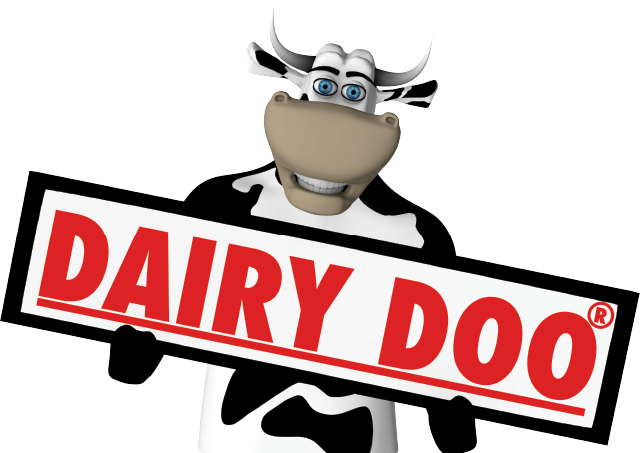The summer heat is still here, for now, but signs of fall are in the air. For farmers, that means thinking forward to fall applications and deciding which, if any, products they’ll use on their fields to strengthen soil health for next year.
Why a Fall Feeding Matters
If you’ve never fed your soil in the fall, you might wonder why anyone bothers. Why spread manure or compost in the fall? Because when you do, you open up the potential of utilizing your own crop residue as next year’s plant food. What was once a problem- capable of attracting insects and disease- is now part of the solution.
With a complete soil health management system that is utilized year after year, which includes a fall application, it is possible to drastically change the makeup of your soil which changes the entire game of growing.
What Products to Use
We have multiple compost sites throughout the state of Michigan. In this video, we show you our Fennville Site that we operate in cooperation with Schipper Poultry and introduce you to a few of the products we make at that location. Two that we highlight more in-depth, our K2 Blend and Poultry Compost, are both great options to try in your field this fall. Watch the video now or check out the transcript below.
For more ag product information click here or call our Soil Health Specialists at 231-734-2451.
Video Transcript
I’m Brad Morgan from Morgan Composting; President, CEO, and Founder of Morgan Composting.
The Fennville Site was added just about three years ago with a cooperative effort between Schipper Poultry and Morgan Composting. We’re making some basic products [here]. Number one is dry Layer Manure, number two is Poultry Compost, number three is Gypsum Plus, and number four is K2.
Now we do make a few other custom blends here because we do have the ability with the loader and the turner and everything’s here.
The product that we move the most of is what we call K2. K2 is really quite simple. It’s layer manure with gypsum with [DAIRY DOO] compost. The compost is in there for a biological stimulant. The gypsum is in there mainly to protect and actually add the sulfur and the calcium to the blend and it really makes for a very, very nice product.
As you can see it’s a very, very mellow product. There is still temperature to it but it’s very, very smooth- most of the gypsum has actually been incorporated, the nitrogen from the manures and the carbon from the compost- all have interacted. It spreads very easily, very nice to work with.
Anytime that we are talking in the fall applications, we’re talking about the potential of breaking down crop residues. And compost, and especially Poultry Compost, is designed to break down residue. So as we’re heating it up, as we’re going, we’re growing basically bacterias and fungi that are residue breakers- they break down residue.
The thing you’re noticing is that white- and what that is is, it’s fungal activity. These are decomposers, these are actually working with this, this extra bark, this extra wood that we’ve put in Poultry Compost because Poultry Compost takes much longer to break down and make it plant available.
Anytime I can take your crop residue, get it ready for the next year, it’s like adding 80-100 pounds of potash. It’s like adding and bringing back the phosphorus that it actually needs. So all that crop residue that was left back that had the potential for insects, disease, all of these problems, has now become part of the system that’s going to be back into plant food which is actually going to be usable material.
Get ready for your fall application now! Call for more information or to reserve your product, 231-734-2451.
